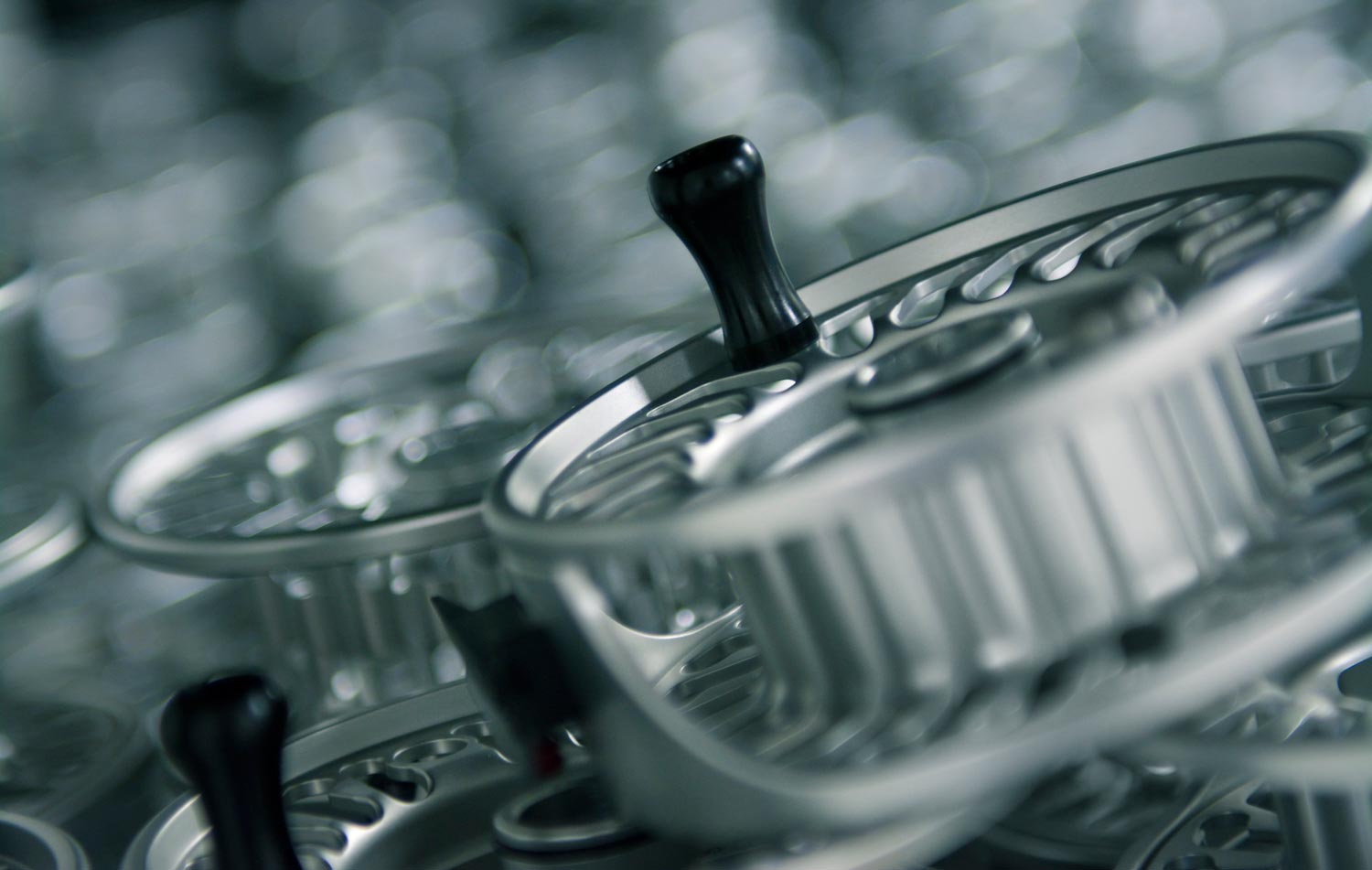When things get hot, it’s important to keep reel cool.
Big fish, and I mean big fish, require a reel with serious drag. As much as I enjoy landing a steelhead with a vintage Hardy you will not find me fishing one during the Palolo Worm Hatch. For big game species like tarpon I want a modern carbon fiber drag system with a bad attitude. Like my friend Scottie says, “Set your drag to medieval, then crank it down to FULL EVIL!”
The thing about serious drag systems is that they generate serious heat. It makes sense. Drag is a product of friction as is heat. If all of that heat isn’t managed, it can cause big trouble. In addition to making parts of the reel too hot to touch, heat can cause serious performance issues. As reel components heat up they expand. Quality reels are machined to very exacting tolerances and if the wrong parts get too hot, drag can increase dramatically. Reels can even lock up or worse fly apart.
Think about the dynamics of a stacked drag system. Multiple friction plates all expanding with heat. Let’s say there are seven plates. The expansion problem is multiplied by a factor of seven. As heat causes drag to increase, the increased drag creates (you guessed it), more heat. More heat means more expansion and… you can see where this is headed.
I talked about this with Kristen Mustad from Nautilus Reels. Kristen explained how Nautilus reels use a carefully designed combination of heat insulators and conductors to direct the heat from the drag system where it will do no harm. The NV series reels, for example, direct the heat from the drag into the spool, which is designed to act as a heat sync. The intricate machining maximizes surface area and releases heat into the air as well as the water carried by the line.
It’s an ingenious design. An inspired idea and remarkable execution, but is it all just talk or does it really work? Kristen took it one step further. He shared this video of the NV that shows with remarkable clarity how well the system works. The reel is placed in the freezer and develops an even coat of frost. Now it’s locked into the line winder and run backwards, against the drag. When the reel reaches full speed you can see the frost vanish from the spool, while the frame stays frosty cold.
Pretty impressive stuff. Hats off to Nautilus for their innovative design and thanks to Kristen Mustad for showing us how it works.
Come fish with us in the Bahamas!
Louis Cahill Gink & Gasoline www.ginkandgasoline.com hookups@ginkandgasoline.com Sign Up For Our Weekly Newsletter!

Ok, the kid in me had me watching the video before I read the article, and at first glance I thought this was a silver reel that just did a chameleon act and changed colors. After reading…. It’s pretty freakin cool that they’ve developed a way to dissipate heat to the spool. It makes total sense! The spool would easily get rid of the heat produced by the drag. It’s kinda like a radiator in a car. I had no idea they were using this to keep their reels from blowing up. These guys have got it right!
Have been a Nautillus man for over 10 years. Great reels at very reasonable prices. Have a 5wt reel that has been to Alaska three times and landed nealry 100 silvers without a problem. The customer service is fantastic – always deliver more than they promise. Can’t say enough about the company. Plus the reels are made in the USA. What could be better?
Pingback: The Nautilus Monster Fly Reel, Every Tarpon's Worst Nightmare | Fly Fishing | Gink and Gasoline | How to Fly Fish | Trout Fishing | Fly Tying | Fly Fishing Blog